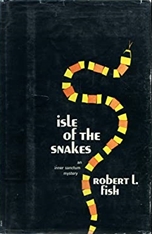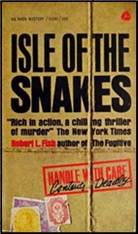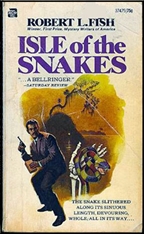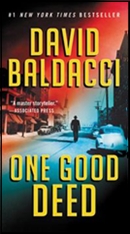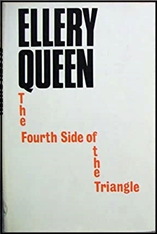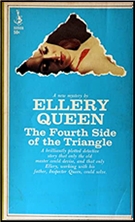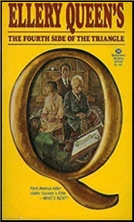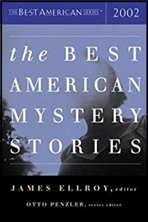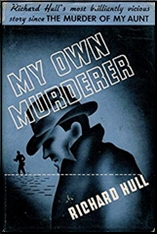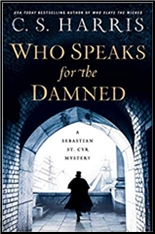Wed 13 Jan 2021
Pulp Stories I’m Reading: ARTHUR J. BURKS “Death of the Flute.â€
Posted by Steve under Pulp Fiction , Stories I'm Reading[6] Comments
ARTHUR J. BURKS “Death of the Flute.†Dorus Noel #1. Short story. First published in All Detective Magazine, April 1933. Collected in Grottos of Chinatown (Off Trail Publications, softcover, 2009).
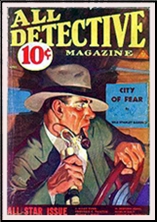
This is the first story that prolific pulp writer wrote about super sleuth Doris Noel. In a way it’s too bad that he didn’t write any of Noel’s earlier adventures that took place in China fighting the evil ways of Chu Chul, obviously a Fu Manchu wanna-be also known as The Cricket, because they do sound interesting. What we have here in “Death of the Flute†is a continuation of their mutual struggle against each other, ending, perhaps, in the death of one of the combatants, and it isn’t Dorus Noel.
It may or may not be Chu Chul’s either, because the latter shows up in “The White Wasp,†Noel’s next adventure. I’ve not read that next tale yet, though, so it may only be an imposter that Noel has to face down.
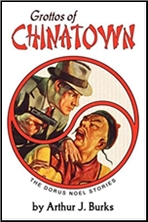
But not wishing to get ahead of ourselves, “Death of the Flute†begins with Noel under the firm belief that he saw Chu Chul die. He’s back in New York City now, and in Chinatown in particular, working for a unidentified benefactor with the charge to wipe out crime and corruption in that section of the big city.
But of course Chu Chul is not dead, and before Noel can get to work on his real mission, he must deal with that particular evil genius and end his dream of world domination once and for all.
This is no easy task, of course, but after some setbacks, including the agonizing death of his faithful servant at the hands of Noel’s archenemy, the latter does indeed prevail, in good pulpy fashion.
The Dorus Noel series —
Death of the Flute (ss) All Detective Magazine Apr 1933
The White Wasp (ss) All Detective Magazine May 1933
Bells of Pell Street (ss) All Detective Magazine Jun 1933
Red Tassels (ss) All Detective Magazine Sep 1933
The Golden Cocoon (ss) All Detective Magazine Oct 1933
Cloisonne (ss) All Detective Magazine Dec 1933
Spheres of Cathay (ss) All Detective Magazine Jan 1934
Design for Murder (ss) All Detective Magazine Mar 1934
Tinkling Bells (ss) All Detective Magazine Jun 1934
Black Snow (ss) All Detective Magazine Sep 1934
The Blood Screen (ss) All Detective Magazine Dec 1934
